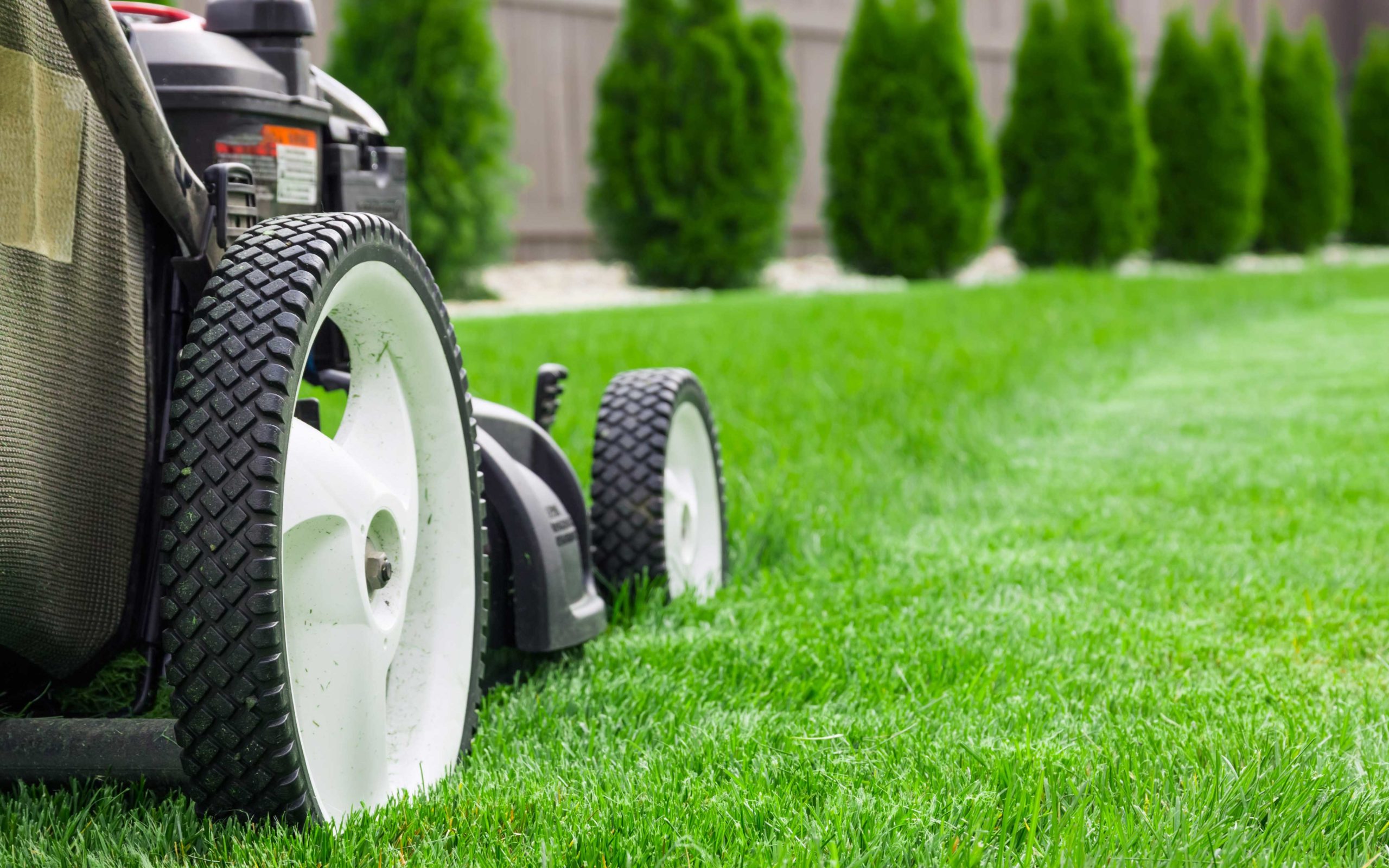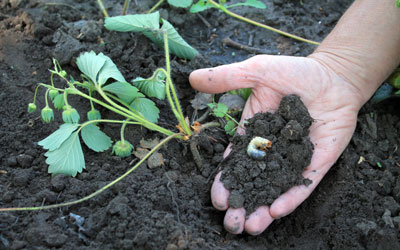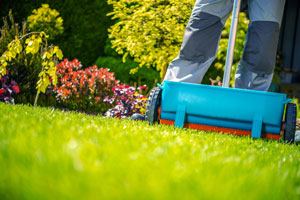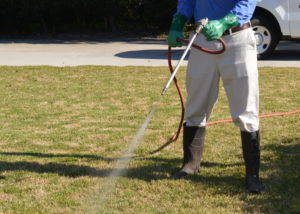
It’s finally that time of the year here in Utah – the snow is beginning to melt, the trees are filling with blossoming buds, and the sun is sticking around a bit longer every day. While spring is a welcome sight, it also means that you need to start preparing your yard for the rising temperatures. We’ve helped many homeowners maintain beautiful yards here at Rentokil, so we’d like to share some simple tips that will help you keep a clean and healthy lawn on your own.
Spring Yard Clean Up
Keeping your yard neat and tidy not only improves its appearance, it also renders your lawn less susceptible to unnecessary damage and decay. Here are 3 steps you can take to set up your yard for a healthy spring:
- Clear off any twigs and debris that the winter season swept your way. Leaving any unwanted foliage on your lawn will stifle its growth. Grab a rake or a leaf blower and get to work!
- Mow your lawn early and often – your grass will grow thicker and healthier. You should mow your lawn once every five or six days during the spring for the best results.
- Keep your trees trimmed. You may not realize a branch is dead until you take a closer look! Any dead branches should be removed to avoid them breaking and causing damage to your yard or property. This will also promote your trees’ growth.
Extra Lawn Care Measures
After taking care of the previous steps, you can take more focused measures to ensure a beautiful yard once spring has set in. If you’re noticing any gaps in your grass, make sure to reseed your lawn before you apply any pre-emergents or fertilizers. You want to ensure that the new grass seeds have a fair chance to develop before adding any chemical agents to the mix.
That being said, the moisture that comes with the spring season aids the function of additional growth-promoting agents. Once your lawn is evenly seeded, fertilize your lawn, and apply a pre-emergent that will stop crabgrass and other unwanted growth.
Spring normally will bring a decent amount of moisture with it. This is a great time to fertilize your lawn and also apply a pre-emergent that will be helpful in keeping the crabgrass out of your lawn. Six weeks after the first application, you will want to reapply, and also introduce a broadleaf weed killer to take care of any other unsightly weeds.
The onset of spring is also the perfect time to pay some attention to your flower beds. Pick a heavy mulch and replace your old mulch from last year. Hardwood bark mulches that have been dyed brown are a reliable choice for long-lasting results.
Professional Lawn Experts
Getting your lawn and yard ready for spring and summer is a tall task. If you would rather leave it up to the experts, contact our lawn care professionals at Rentokil for an estimate. We have helped many Utah homeowners bring the yard that they envisioned to live, and we would love to do the same for you!

 Keeping a lawn alive and healthy is hard enough. When you have a lawn pest problem, it can be even harder. Unfortunately, summertime in Utah is a haven for lawn pests, many of which hatch in the late summer and remain active through the fall months. Lawn insects can threaten the health of your roots, damaging existing turf and preventing new growth. A single insect can make a big impact, making it important to learn how to prevent summer lawn pests. The lawn experts at Rentokil are here to share their top tips for keeping lawn pests away for good.
Keeping a lawn alive and healthy is hard enough. When you have a lawn pest problem, it can be even harder. Unfortunately, summertime in Utah is a haven for lawn pests, many of which hatch in the late summer and remain active through the fall months. Lawn insects can threaten the health of your roots, damaging existing turf and preventing new growth. A single insect can make a big impact, making it important to learn how to prevent summer lawn pests. The lawn experts at Rentokil are here to share their top tips for keeping lawn pests away for good.
